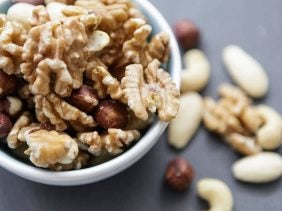Is asparagus healthy? Learn how to cook and eat it right!
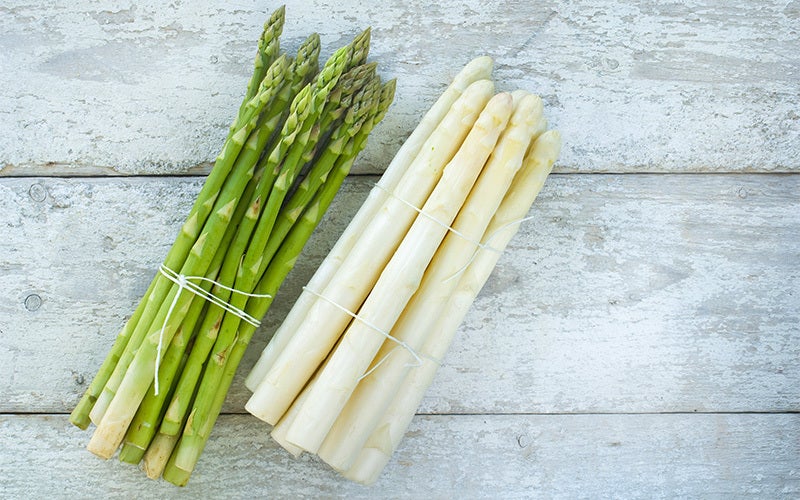 ©Westend61
©Westend61
When spring arrives, it’s only a matter of time before gorgeous, seasonal asparagus makes an appearance at the farmers’ market. The freshly picked white and green stalks aren’t exactly cheap, but they’re worth every penny because of how delicious they are. But is asparagus healthy? You bet! In this article, we’ll tell you all you need to know about the nutritional benefits of the different varieties, as well as how to cook them to perfection.
What’s the difference between white and green asparagus?
Since both are pretty healthy, there’s no reason why you shouldn’t have both. Find out about their differences below.
- Because white asparagus grows underground, harvesting it takes longer, which results in a significantly higher price than its green cousin. The later in the season it gets, the less expensive both varieties will be.
- The green variety, which gets its color from growing outdoors, doesn’t need to be peeled like white asparagus. Simply remove the woody ends and fry, saute, or stew them.
- Perfectly cooked white asparagus literally melts in your mouth, but it isn’t enjoyable when consumed raw. By contrast, the green variety has a bright fresh flavor that’s perfect for salads when raw.
- And what about the taste? While the white variety has a subtle buttery taste, the green variety is much more powerful and bitter.
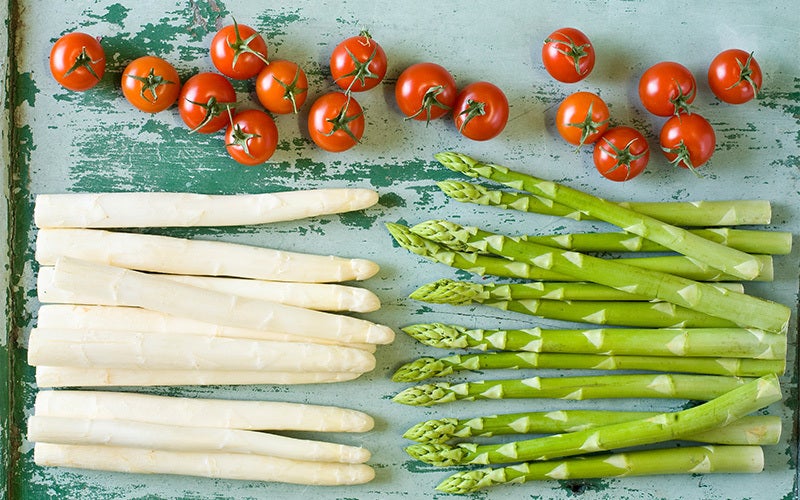
Is asparagus healthy? Health benefits of asparagus
Drum roll, please! Since you’re probably wondering what nutrients are in asparagus, we put together a brief overview to help you out. Find out what macronutrients asparagus provides:
| Nutrition facts | per 100g asparagus |
| Calories | 18 |
| Protein | 1.8g |
| Carbohydrates | 1.8g |
| Fat | 0.1g |
| Fiber | 1.4g |
Both white and green asparagus are low in calories because they’re 90 percent water. If you’re trying to lose weight, adding asparagus to your diet can help you reach your goals.
It’s also worth including in your diet if you’re trying to build muscle mass with exercise and healthy eating, because asparagus contains large amounts of the amino acid asparagine – a non-essential proteinogenic amino acid that our bodies use to synthesize protein (and the vegetable’s namesake!). Your body can make asparagine on its own, but consuming even more can help you build muscle faster.
Our 12-week Muscle Guide will help you effectively reach your muscle-building goals with easy-to-prepare recipe ideas, highly effective workouts, and valuable tips.
In addition to the macronutrients listed above, both white and green asparagus contain a larger than average amount of vitamin C. To find out how nutrients can influence your physical performance, check out our articles on vitamins and minerals.
How to cook asparagus to perfection
While asparagus definitely has some great health benefits, the hollandaise sauce it’s often paired with isn’t as good for your health. That’s not to say you shouldn’t enjoy the two together, though. In general, practicing moderation is the best way to eat what you love while also staying on track to reach your weight loss and muscle-building goals. Use the principles of intuitive eating to feed yourself according to what your body needs – even if that’s eating asparagus with hollandaise.
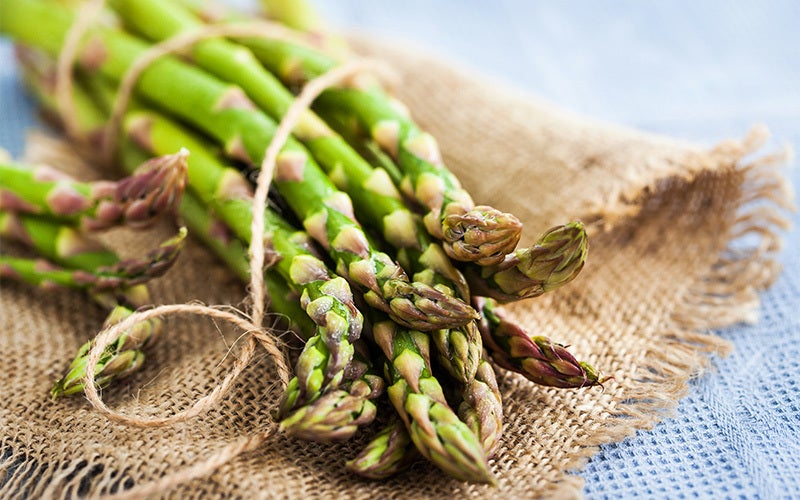
How to peel asparagus
All you need to peel asparagus spears is a vegetable peeler or a small knife. Pull the peeler or knife from the bottom of the stalk to the top and continue around until it’s fully peeled. Reserve the peels to use as a flavoring agent in a veggie or chicken stock.
Braise, saute, and grill asparagus
Despite the popularity of boiled asparagus, braising is actually the most common ways of cooking and eating asparagus. Cooking it in a pan over a flame with lemon juice, butter, white wine, and a sprinkle of sugar and salt is more than enough to make it taste great. The thicker the stalks the longer you’ll need to cook them – usually 10 to 15 minutes at low heat will do the trick.
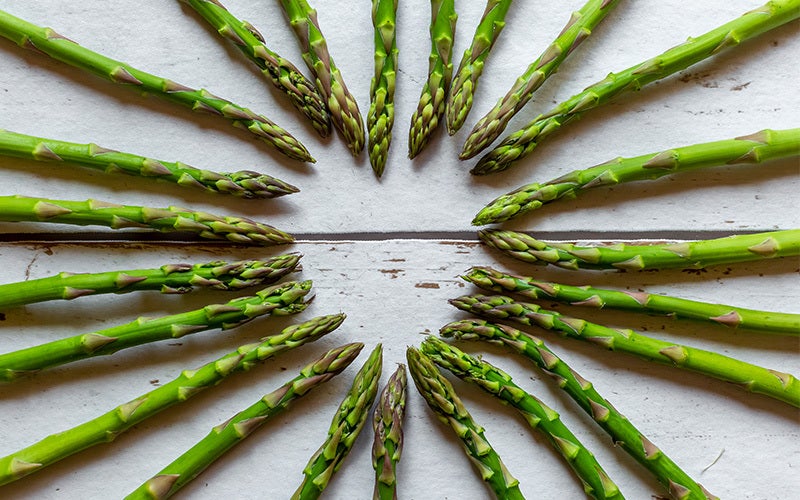
Sauteing the vegetable is also tasty and just as easy to make. Drizzle olive oil into a pan and fry the stalks for 10 to 12 minutes over medium heat, turning occasionally.
Grilling asparagus is also a great option when barbecue season rolls around. Be sure to turn the stalks frequently and cook them over a moderate heat to avoid any burning. You’ll need about 10 to 12 minutes in total.
Our favorite recipes with asparagus
While we have nothing against white asparagus, one of our favorite recipes is all about green asparagus. Pairing the vegetable with sweet strawberries really highlights its vibrant, earthy flavor. And both happen to be in season at the same time! Add a bit of feta, arugula, toasted pine nuts and a sweet honey sauce to make your new favorite spring salad.
Here’s the recipe: Asparagus salad with strawberries and feta cheese.
Tip for pasta lovers: Use our Protein Pasta packets to turn this recipe into a high-protein pasta salad with asparagus and strawberries.
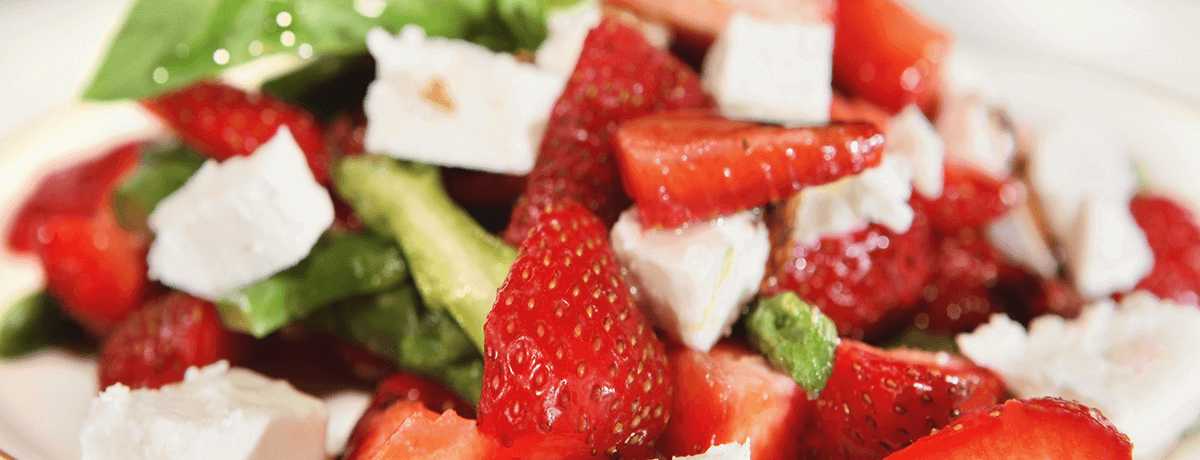
Sources for this article
We at foodspring use only high-quality sources, including peer-reviewed studies, to support the facts within our articles. Read our editorial policy to learn more about how we fact-check and keep our content accurate, reliable, and trustworthy.































